A Comprehensive Approach to Post-Cesarean Healing through Pelvic Floor Therapy, Dry Needling, Visceral Manipulation, and Functional Nutrition
Bringing a new life into the world is a profound and beautiful experience, but it often comes with its share of challenges. Many women undergo cesarean sections (C-sections) for various reasons, and the recovery process can be both physically and emotionally demanding. In this blog, we will explore a holistic approach to post-Cesarean recovery that combines pelvic floor physical therapy, dry needling, visceral manipulation, and functional nutrition to enhance overall well-being and facilitate a smoother recuperation.
The Importance of Post-Cesarean Recovery
A cesarean section is a major surgical procedure that involves cutting through abdominal muscles and the uterus to deliver a baby. The recovery period following a C-section can be challenging due to the physical trauma endured. Proper post-Cesarean recovery is vital, as it can help prevent complications, reduce pain, and improve the quality of life for new mothers. Four key components play a crucial role in this process: pelvic floor physical therapy, dry needling, visceral manipulation, and functional nutrition.
Pelvic Floor Physical Therapy
Pelvic floor physical therapy is a specialized form of physical therapy that focuses on the muscles, ligaments, and connective tissues in the pelvic area. After a C-section, it is common for women to experience issues such as pelvic pain, incontinence, and sexual dysfunction. Pelvic floor physical therapy can help address these problems in several ways:
a. Strengthening Muscles: The therapy includes exercises that target weakened pelvic floor muscles, helping to improve bladder control and alleviate pain.
b. Pain Management: Therapists can employ techniques such as myofascial release and manual therapy to reduce post-surgical pain and discomfort.
c. Scar Tissue Management: C-section scars can be painful and restrict mobility. Physical therapists can work on scar tissue to improve flexibility and reduce pain.
d. Restoring Function: Pelvic floor therapy helps women regain their pre-pregnancy functionality and may enhance sexual health and overall quality of life.
Dry Needling
Dry needling is a minimally invasive technique that involves the insertion of thin needles into trigger points, knots, or areas of muscle tension to stimulate healing and alleviate pain. It is an effective post-Cesarean therapy for several reasons:
a. Pain Relief: Dry needling can help relieve muscular pain and discomfort commonly experienced after a C-section.
b. Scar Tissue Management: The technique may also aid in breaking down and softening scar tissue, enhancing mobility and reducing pain in the surgical area.
c. Improved Circulation: By increasing blood flow to the affected areas, dry needling can promote healing and reduce inflammation.
Visceral Manipulation
Visceral manipulation is a gentle hands-on therapy that focuses on the internal organs and their surrounding connective tissues. After a C-section, the manipulation of visceral organs can be especially beneficial:
a. Improved Organ Function: Visceral manipulation helps restore optimal organ function, which may be affected by surgery-related adhesions or scar tissue.
b. Pain Reduction: It can alleviate pain and discomfort caused by strained or misaligned organs, promoting overall well-being.
c. Enhanced Digestion: By ensuring that the digestive organs are functioning properly, visceral manipulation can aid in preventing digestive issues that may arise post-surgery.
Functional Nutrition
Proper nutrition is essential for post-Cesarean recovery. The body requires vital nutrients to heal and regain strength. Functional nutrition, which focuses on individualized dietary plans, can offer various benefits:
a. Nutrient Support: Tailored diets can provide the necessary vitamins, minerals, and antioxidants to support the healing process.
b. Inflammation Reduction: Certain foods can help reduce inflammation, minimizing pain and discomfort.
c. Hormone Balancing: Nutrition can play a vital role in regulating hormones, which is crucial for postpartum well-being.
d. Energy Restoration: Nutrient-dense foods can help boost energy levels, which are often depleted after childbirth and surgery.
Conclusion
Post-Cesarean recovery is a multifaceted journey that requires a holistic approach to ensure optimal healing and well-being. Pelvic floor physical therapy, dry needling, visceral manipulation, and functional nutrition all play integral roles in this process, addressing physical and emotional aspects of recovery. By combining these therapies, women can enhance their quality of life after a C-section and emerge stronger, healthier, and better prepared to embrace the joys and challenges of motherhood. Consult with healthcare professionals to create a personalized post-Cesarean recovery plan that includes these components, and experience the benefits of a comprehensive approach to healing.
MICHELLE
c-section, pelvic floor physical therapy, scar tissue, low back pain, painful intercourse

